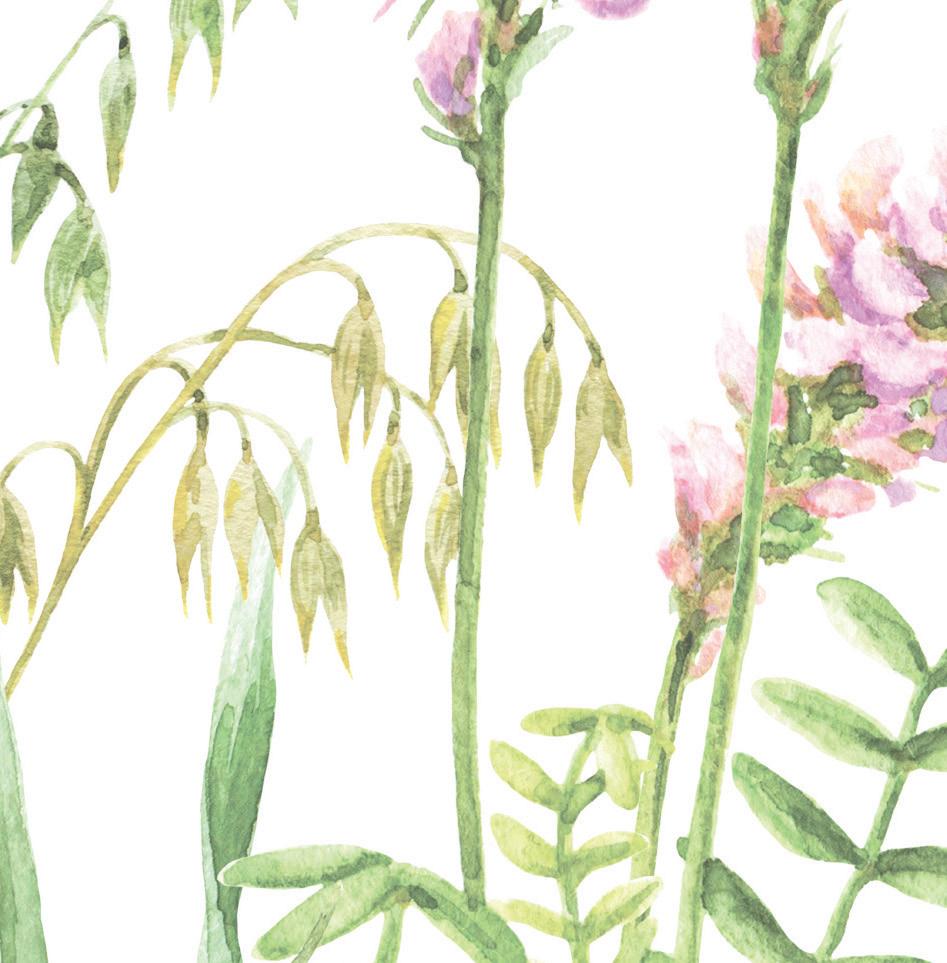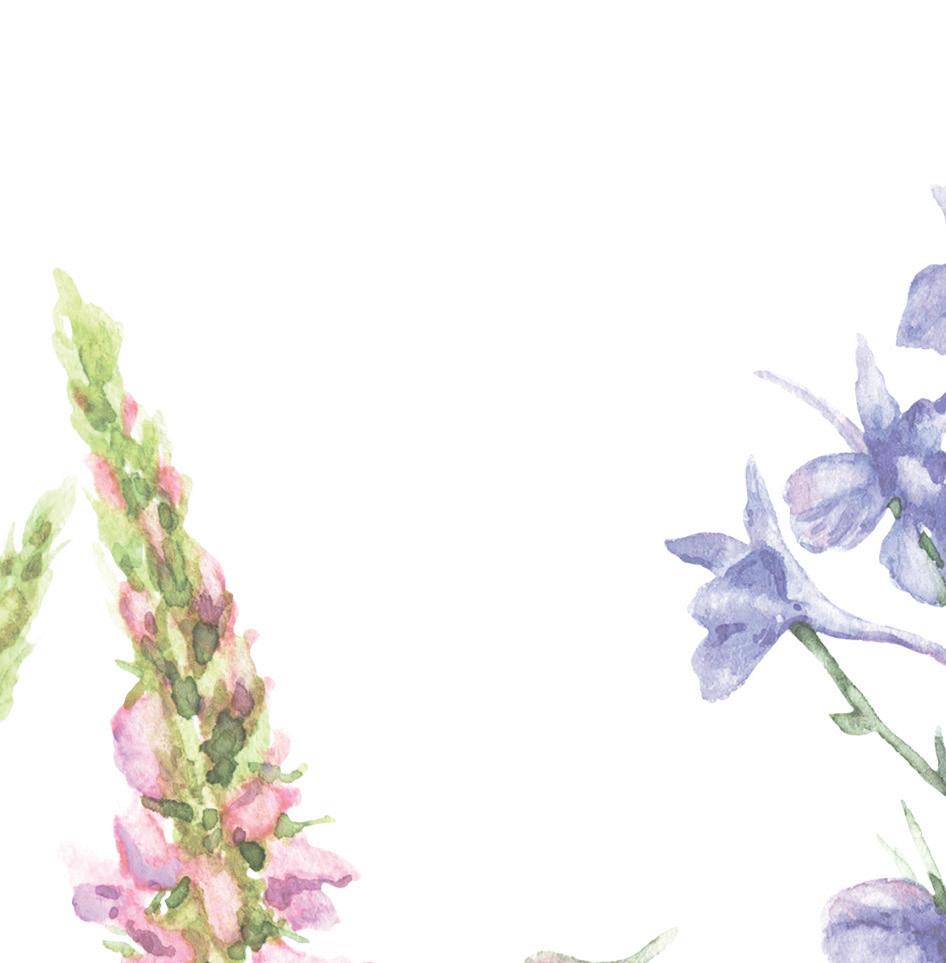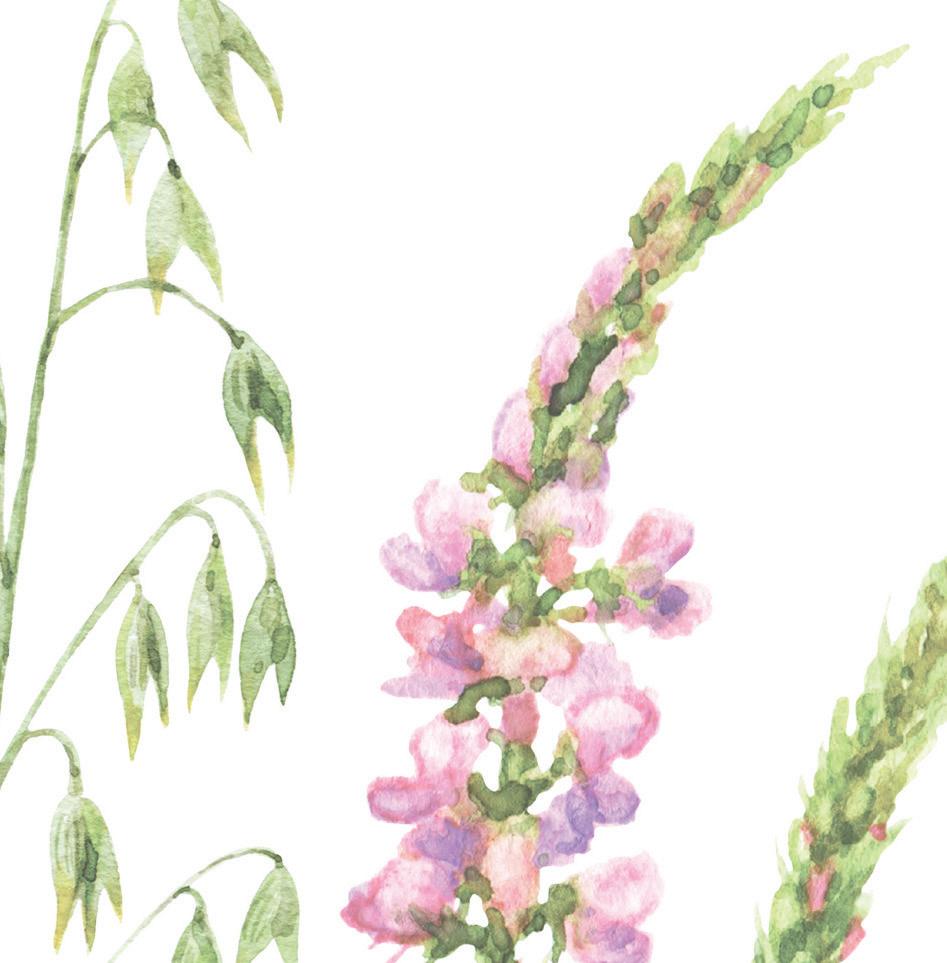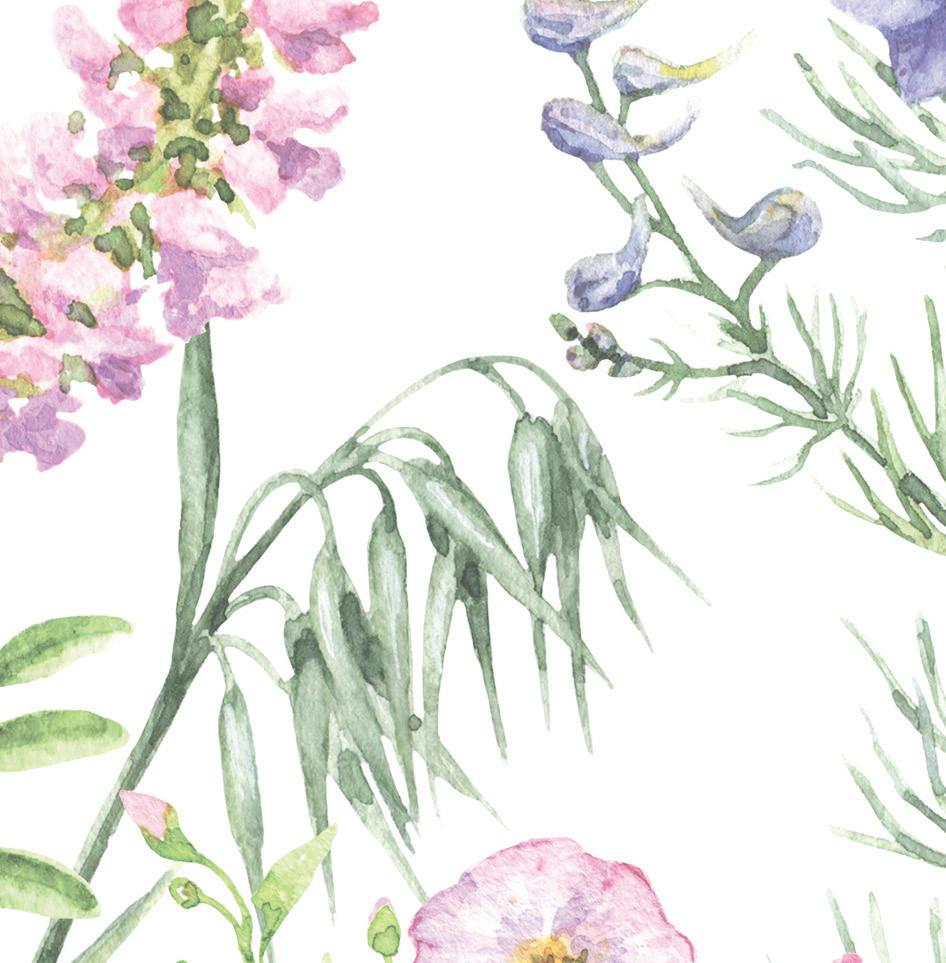
5 minute read
SUMMER FOCUS
Finding Your Way to Billy Flynn reviews the second edition of Zoë Devlin’s bestselling wildflower field guide Wildflowers ildflowers







It really doesn’t seem so long since Zoë Devlin’s ‘The Wildflowers of Ireland – A Field Guide’ was reviewed in these same pages yet here we find ourselves leafing through its first new edition. I say leafing but it’s digitally we are flicking through the gorgeous photographs as the 2021 edition has yet to go to press. When the publicist of Gill Books called to see if I had received the preview copy in PDF format, I took the opportunity to ask how big the book is. No, not the number of pages but the physical size of the new volume. I could tell she was somewhat bemused so I explained that the requirement for easy portability is an important feature for any field guide. She humoured me and dutifully emailed me later that day to confirm that the new edition of ‘The Wildflowers of Ireland’ was every bit as slender and portable, despite having many more species described than its predecessor.
It’s not just the ability to carry a book in a small pocket that makes a field guide valuable. Among its necessary qualities must surely be usability. When you’re out in the field, be it on a windy upland bog or just at the end of your garden, you want to be able to get to the right species with ease. As an ecologist who never had a minute of formal training in botany, I have no way of counting the hours spent hunched over a diminutive and mysterious plant species trying to find a match in any of the weighty but too often unhelpful guides to wildflowers of Britain wherein no distinction was made between the islands in this geographic region. Those days are thankfully long gone and the reader can be sure that if it’s in Zoë’s new book, it occurs here in Ireland. This is, however, far from the most important feature of this field guide.
Older wildflower guides that this amateur hefted about the country over the years often get their relationship off to a bad start. You’re out in the field and faced with what appears to be a completely new species to you, take out your tome. Then what? You’ve no idea what group or even family that this little straggly yoke belongs to. Species name? Give me a break. All too often, you would flip through the hundreds of pages until you found something that appeared to match your find.
Forget all that. The second edition of Zoë’s best-selling guide retains its supremely user-friendly system of page headers whose colours match those of the species described. The same header has a simple delineation of flower characteristics such as ‘tiny flowers’ or ‘3 petals’ and ‘long clusters’ or ‘tightly packed heads.’ The author has also stuck to the display of only two species per page, an antidote to the bafflement induced by other field guides which can often present you with a massive line-up of unlikely suspects in minute (however accurate) detail.
The illustrations in the 2021 edition are photographs and as before, all have been taken by the author. It’s hard to say which is more surprising – that Zoë Devlin is an amateur photographer or that she (in common with some of the better naturalists) has no training in botany. On the photographs first – back in the days when I was getting ‘into’ plants, I was warned off photographic guides. Their obvious drawback is that unlike the painter, the photographer can only capture the plant at one stage of its lifecycle. While this is true, the photographs are artfully positioned and more often than not, feature insets of plant details that are particular to the species. Also useful are the backgrounds that offer a glimpse of the plant’s habitat that give context and sometimes reassurance. Maybe it’s because Zoë has come to botany as an amateur that makes her guide so handy for the inexpert user. Certainly, one doesn’t miss the terminology-heavy and frankly off-putting introductions that add to the heft of expert-written books. Instead, you’ll find simple line drawings of flower forms and leaf shapes and little symbols that give the reader ‘at a glance’ information on the plant in question (like the running stick man that lets you know that Chilean Iris is a garden escape).
So, what’s new in the 2021 edition? For a start, Zoë has added 90 species, bringing more than 620 of our 1,000-odd native species to our attention. She has also acknowledged the taxonomic changes that have come about through advances in the knowledge of plant genetics so some names and groups have been updated. There are some new photographs too, of course. Retained are the index of common and Latin names (usefully together) and the index of plants as Gaeilge.
Crucially though, the uniquely intuitive character of the first book is carried on here. Since first getting my hands on the earlier edition, I’ve purchased numerous copies for use on field trips and training courses. More than once I’ve delighted in selecting the two most reluctant and nervous-looking participants, handing the slim field guide to the pair and telling them that if they work together, in five minutes they’ll be able to identify a wildflower that the whole class has just admitted is completely unknown to them. There is little to compare to the looks of delight that accompany a discovery you’ve arrived at yourself, with the help of a friendly guide











